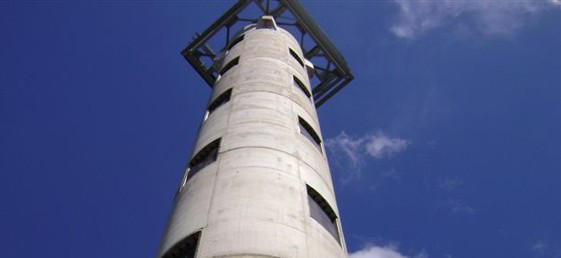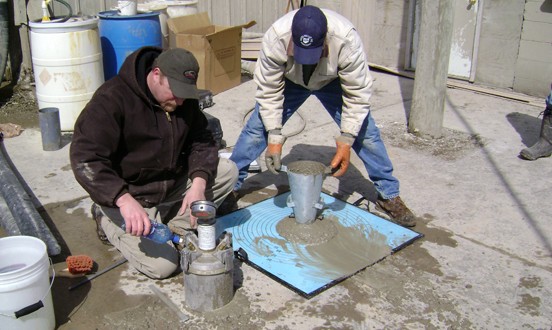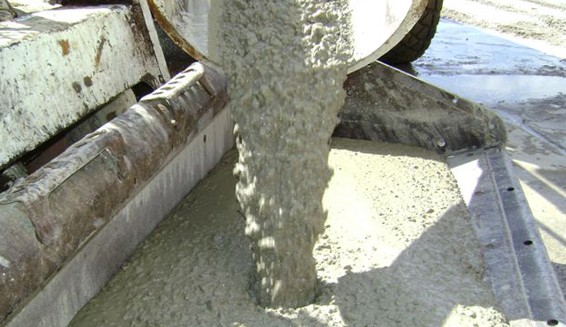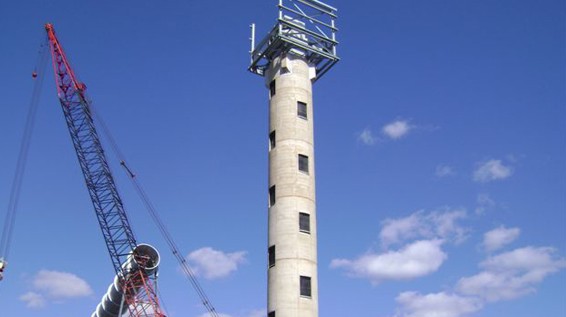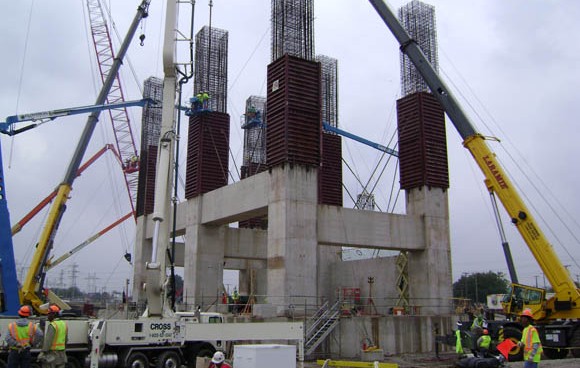CONTRACTOR: Barton Malow
PRODUCER: Messina Concrete
PRODUCTS USED: ConAir®, OptiFlo® 100R, UltraFlo® DP
Constructed between 1971-1974, The DTE Monroe Power Plant is DTE’s largest facility with four coal-fired generators and a 3,000 MW capacity, making it the second-largest plant in the Midwest. To comply with EPA regulations like the 1990 Clear Air Act and 2005 CAIR, which mandated sharp reductions in SO₂ emissions, led to the construction of the limestone lowering well to install Flue Gas Desulfurization (FGD) systems. DTE chose to use wet scrubber FGDs that spray crushed limestone to absorb SO₂, forming calcium sulfite. Monroe’s FGDs are designed to recycle the waste created by converting the calcium sulfite to calcium sulfate through forced oxidation. This process creates gypsum, a by-product used in drywall.
The 110-foot-tall Limestone Lowering Well features 18″ thick, 9′ diameter walls with dense reinforcement and steel-framed openings. The challenge was creating a concrete mix that would flow freely around rebar without vibration. The specified 28-day strength was 4,000 psi, but Barton Malow required a 3,000 psi overnight to expedite form cycling. The formwork, designed by USA Form Inc., supported 16-ft pour heights and included safety systems for 120-ft work zones. We teamed up with Barton Malow and Messina Concrete to develop a high-performance self consolidating mix that featured ConAir® (7% air), OptiFlo® 100R, and UltraFlo® DP. Spreads were targeted at 26″-30″, with testing protocols developed alongside SME to meet engineering specs.
